THE NOTORIOUS N.I.L. (PT. I)
An Overview of the Name, Image, and Likeness Opportunity for Student Athletes
Before I get into this article, I want to share something I’ve been thinking about lately. I’ve been thinking about discipline. Discipline, when it comes down to it, is when you:
don’t do the things you want to do, and can do; or
do the things you don’t want to do, and don’t have to do
Anything else isn’t really discipline. Many times, we think we have discipline, but what we often really have are constraints. It’s why some people are deferential until they get authority; it’s why some are “humble” until they get money.
The lesson is to learn the habits those constraints are teaching you. But many times, we go through times of constraints solely focused on what we wish we had, not understanding the lessons of those constraints, ultimately leading to poor results in the long run.
Again, this is why most lottery winners lose it all; it’s why generational wealth is often lost by the third generation, but it’s also why most millionaires are self-made. It’s why some grow up poor, make money, and keep it - while others grow up poor, make money, and lose it all.
Developing discipline, character, and life skills is not simply about what we go through; it’s about the lessons we learned from what we went through and how we apply them moving forward. Anything less is like reading a book, yet not remembering anything you read.
Alright, let’s get into it.
BACK TO SCHOOL
Recently, I was fortunate to be accepted and complete an NIL/mba cohort led by Bill Carter. Bill Carter is a sports marketing veteran, who founded and spent two decades building Fuse Marketing, one of the most successful agencies in the sports industry with close to 100 employees and clients that included Pepsi, Gatorade, Amazon, and TikTok.
If you have any interest and/or experience in this space, I would recommend you look into Bill and the NIL/mba.
The cohort was a good prompt for me to begin writing more on this area, and I’m starting with the new NCAA “NIL” (name, image, likeness) rules.
About eight years ago, while I was in my last year of law school, I wrote a book for athletes; it’s called ‘Born 2 BALL: So You Want to be A Professional Athlete?’. I wrote this book after completing a research paper for my Small Business Law class. After completing the paper, it dawned on me that I had been exposed, as a law student, to information that many young athletes were not privy to; it also dawned on me that much of the education, research, and investment was geared towards professionals and business people who were building businesses which monetized the space - but did not necessarily empower these young athletes to take the power into their own hands.
While I’m a corporate attorney who advises businesses and corporations, I generally believe creatives and talent within the media, entertainment, and sports spaces should rise to ownership levels - in conjunction with other professionals.
After all, if we create it, we should own it.
When it comes to the business of media and entertainment, I’ve written about how similar spaces like the music business are to the world of venture capital; private equity to be specific. To be frank, the music business is the business of private equity. In much of the same way, the world of sports is very similar to that of music and even private equity. Most relevantly because sports are also governed by “power law,” meaning that at every stage of an athlete’s career, fewer succeed.
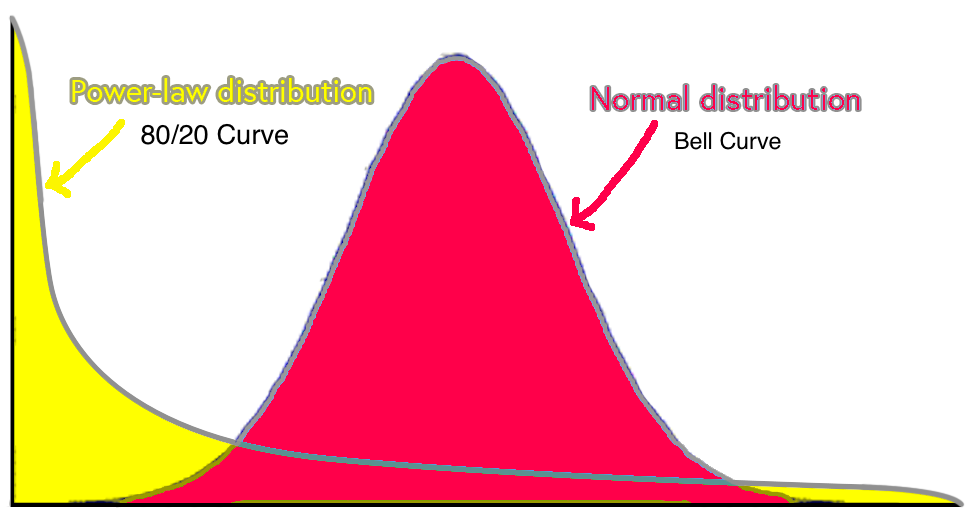
This is probably true of many if not most, businesses, but I’m simply speaking on what I know right now. Very few athletes make the jump from high school ball to college ball, and even fewer make the jump from college to the pros.
Source: NCAA Probability
Imagine what those numbers look like for the high school to NBA pipeline.
So what does this mean besides the fact that athletes should have a backup plan and be well-rounded individuals? Well, it means that they have to understand the star power that comes with their success and then position themselves to take advantage of a career that often doesn’t last more than five years, regardless of which level they reach. Just like professional leagues have salary caps, athletes have career caps.
MORE THAN AN ATHLETE
For this reason, athletes have begun thinking of themselves as more than athletes, and professionals in many ways. This is why I named my book, ‘So You Want to be A Professional Athlete? There’s a difference between playing pick up ball at the local YMCA, and playing in the NBA or even a European League. The difference isn’t just the talent level, it’s the fact that the NBA is a business; and, now that more athletes are picking up on this, it’s changed the game.
In 2016, not longer after I wrote my book, Phil Jackson, caught a lot of heat for referring to Lebron James’ business team as his “posse”. Many critics argued his statement had racial undertones because Lebron’s day to day team is (mostly) all-black; and argued that if he had been represented by white people, Phil would never have used those words. I’ll let you figure out what’s what; but, in my view, this was one of the defining marks of the new athlete era. One where athletes continue to empower themselves to profit from their talents, prominence, and platform - instead of solely depending on traditional structures and advisors.
It’s also notable because Lebron has basically become the blueprint for the modern day athlete, in a way that Jay Z has become the blueprint for the modern day recording artist, and Steve Jobs has become the blueprint for the modern day tech founder. The implication being if you want to do different things, you should probably “think different” and listen to different people.
Lebron has become the de-facto blueprint for athletes, not simply because of his on the court success; but specifically due to his off court success. He’s founded a business enterprise that includes a marketing agency, investments, a media company, and non-profit/charitable organizations.
If you pay close attention to athletes like Lebron, Andre Iguodala, Michael Jordan, Chauncey Billups and Junior Bridgeman, you can see the thread of their influence on the newer generation of athletes, professional and “amateur”.
Whether it’s Odell Beckham Jr., Kevin Durant, Naomi Osaka, or Angel Reese - we’ve entered an age where athlete off court compensation, governed by power law, is going to continue to increase - this directly tracks with sports media being one of the last, if not the last, media format not decimated by streaming and social media.
Athletes are not only coming along for the ride, but they’re jumping ship and building their own boats.. or yachts. I suspect we’ll also see the laws and rules continue to evolve as well.
One such Law is the NCAA’s “Name, Image, and Likeness” Rule.
NEW RULES, WHO DIS?
As the story goes, there was a time when collegiate athletes couldn’t (legally) get paid to play for college teams.. “those times are now back, it’s called afro-tech”.
.. just playing, that’s a Jay Z line.
Collegiate athletes still don’t (legally) get paid to play; but, not long ago, they couldn’t sign endorsements or make any other type of money directly associated with their athletics either. This included not getting paid even though their likenesses were used to make billions for video games, being forced to quit their teams for monetizing Youtube channels, and being forced to quit for being bought a sandwich by their coach when their dad died (true story). And of course, on top of this, the NCAA and its’ schools signed billion dollar media rights deals, coaches got paid millions, and many players were paid under the table by coaches and boosters to play for top schools.
This issue continues to be hotly debated, and even litigated; but, in the meantime, feeling the pressures of criticism of hypocrisy and exploitation, the NCAA enacted a policy for student-athlete name, image, and likeness compensation which allows for these athletes to be paid for such endorsements and sponsorships; although not directly from their college teams.
NIL POLICY
The NCAA policy provides, in part, that these student-athletes may be compensated by certain third parties for the use of their name, image, and likeness. Additionally, the NCAA policy also includes the following:
Individuals can engage in NIL activities that are consistent with the law of the state where the school is located. Colleges and universities may be a resource for state law questions;
College athletes who attend a school in a state without an NIL law can engage in this type of activity without violating NCAA rules related to name, image and likeness;
Individuals can use a professional services provider for NIL activities;
Student-athletes should report NIL activities consistent with state law or school and conference requirements to their school;
Use of a professional services provider is also permissible for NIL activities, except as otherwise provided by a state law or executive action with the force of law that has not been invalidated or rendered unenforceable by operation of law; and
Recruiting conversations between an individual or entity that has triggered booster status (“booster/NIL entity”) and a PSA are not permissible.
What this means is that schools and/or boosters cannot compensate athletes to enroll at a college (pay for play) or for performance.
It does not allow compensation for work which hasn’t been performed.
The summary is that these student-athletes can be compensated for NIL activity in states with (or without laws). If an athlete is in a state without NIL laws, they have to strictly comply with the NCAA and their school’s specific rules; however, if the state has a specific NIL law then these student-athletes must comply with the state law.
This is an important area for these athletes and their agents and advisors to understand. Some of these state laws may differ from the NCAA policy and/or grant the college with certain rights not explicitly covered by the NCAA policy.
For example, Georgia has an NIL law, House Bill 617, which provides an “option for student-athletes to share up to 75% of an athlete’s NIL compensation. These shared (or “pooled”) funds would be deposited into an escrow account, which would be entrusted to the school’s athletic director as trustee. Student-athletes would then be eligible to receive their pro-rata share of the pooled funds one year after the student has graduated.” That said, most major universities in Georgia have not exercised this option.
Additionally, House Bill 617, specifically provides for the following:
- Student-athlete compensation must be market value;
- Student-athlete compensation can’t be in exchange for the student-athlete to attend, participate, or perform, at the school;
- Student-athlete compensation cannot be revoked because they receive NIL compensation; neither can schools pass any policy or rules that prevent the student athlete from earning compensation;
- The student-athlete who enters into a contract providing compensation cannot sign a contract that is in conflict with the school’s rules; and
- The student-athlete must disclose any contract they sign for compensation to their school
As you can see, while the gate is open for these student-athletes to capitalize on their influence, there is fine print governing this space. In addition, there are other regulations such as the Sports Agent and Responsibility and Trust Act and the Uniform Athletes Agent Act which govern the relationship between sports agents and student-athletes.
We haven’t even covered other areas such as contract and intellectual property law, FTC rules covering advertisements, and the challenges of navigating this space while balancing one’s education and collegiate athletic career; but we’ll get into all of that. The point is that there are opportunities, but student-athletes must be prepared to take full advantage.
Not long ago, I was speaking with a parent of a college basketball player who wants to go pro, and we discussed the balancing act of navigating this space. The take away is that these student athletes are like any other person or student who is trying to figure out and achieve their life path in addition to a viable career (outside of sports); but also their dream of playing professional sports. It’s not an easy task, and many people forget that when discussing these issues.
These kids aren’t chattel, they often aren’t sophisticated business people, and they aren’t lawmakers - they’re kids. Kids who often come from little means. This simply means that, for them and their families, the stakes are even higher.
GAME TIME
So in conclusion, we see that the gates are now open to “amateur” athletes, enabling them to make money from their name, image, and likeness. What we’re seeing and are about to see are companies and advisors entering this space. Companies such as ‘Opendorse’ recently raised $20m for their NIL platform; and ‘MOGL’ raised $2.6m in seed funding for theirs. They, and other similar companies, will seek to monetize this space and facilitate NIL deals for student-athletes; regardless whether those athletes are potential #1 draft picks or whether they’re the 10th man on a DII team; and, of course, these athletes will be able to self-direct and monetize their brands via social media, and other avenues, to varying degrees of success.
Particularly for these athletes, taking advantage of this opportunity will require greater clarity, realism, focus and discipline. As Bill Carter recently mentioned on LinkedIn, according to his survey, “the majority of student-athletes are currently compensated less than $200 per post”.
Remember, power law.
So again, it will take discipline. Discipline in terms of education, athletics, business, and mindset.
I believe this discipline is key.
One of the most impressive things about players like Lebron, Kobe, and Jordan, to me, isn’t their on-court athletic performance nor their off court financial performance; to me, it’s their preparation. They prepared, trained, and hustled like they weren’t naturally talented. These are guys that are almost seven feet tall and run like wide receivers; yet, they prepared and trained like they were scrubs. Natural talent plus discipline and preparation is the winning combination; because, again, remember power law. Very few will reach that right side of the power law curve. That goes for athletes, entrepreneurs, and businesses; so these athletes must do whatever they can to give themselves an advantage.
In terms of the NIL space, we’ll continue to see athletes, entrepreneurs and companies rise to take advantage of this opportunity. Their success will be based on how well they can play the game they choose to play. I also predict we’ll see athletes, in business, increasingly move to create their own NIL platforms and athlete advisory and service businesses, in order to better serve the clientele they know best.
At the end of the day, it’s all entertainment; but both the show (and the business) are about to get very interesting.
Until next time.
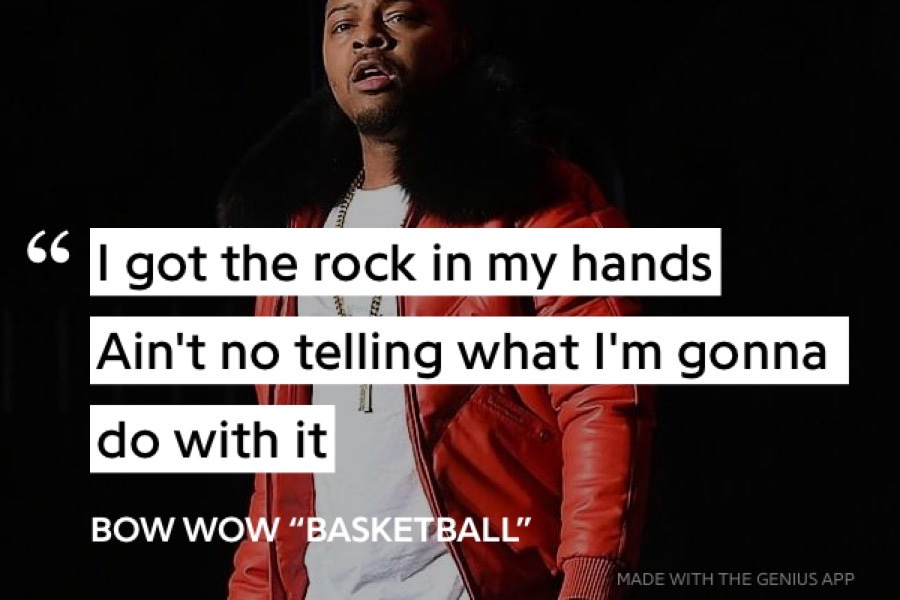




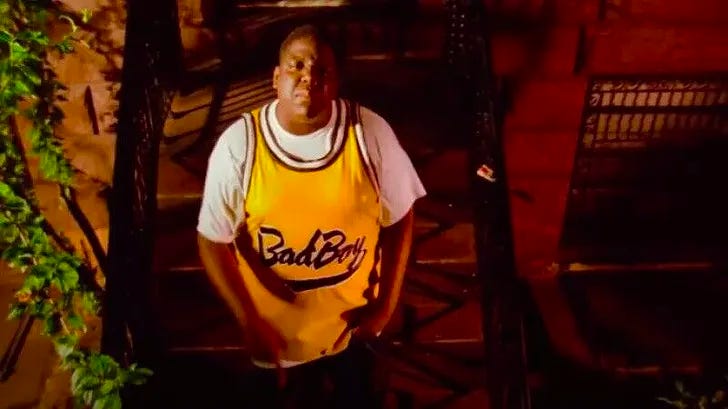
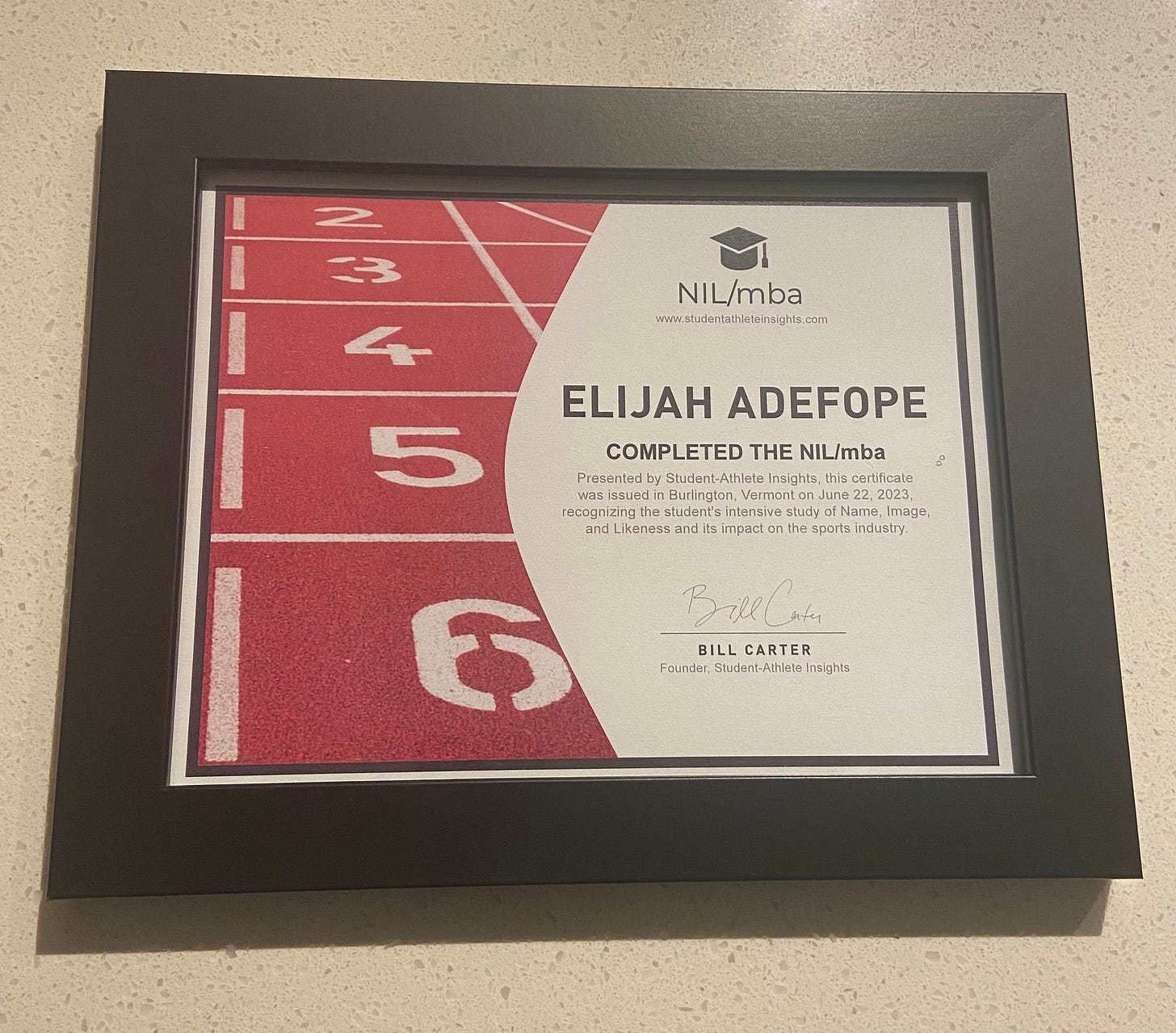
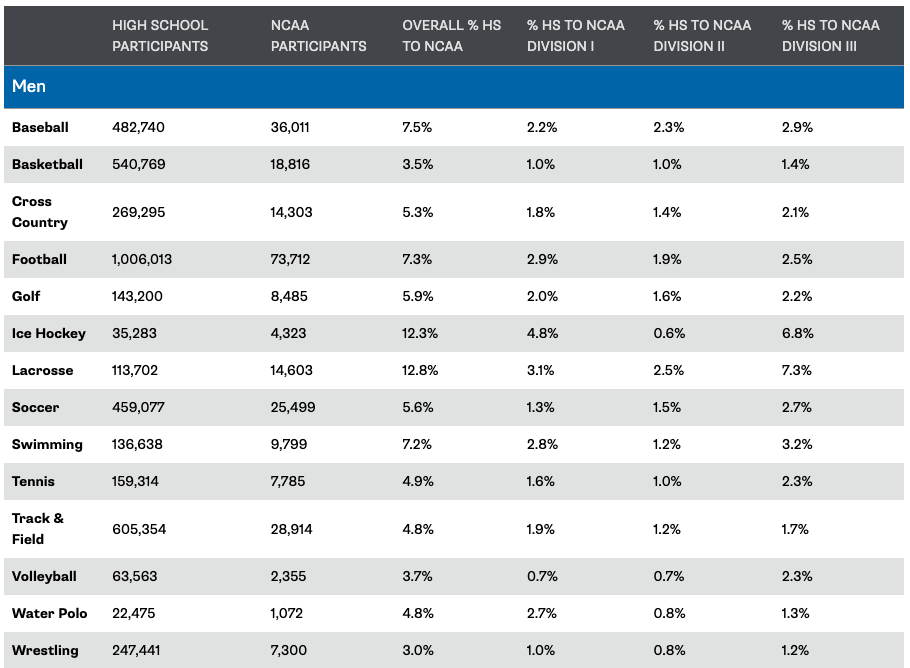
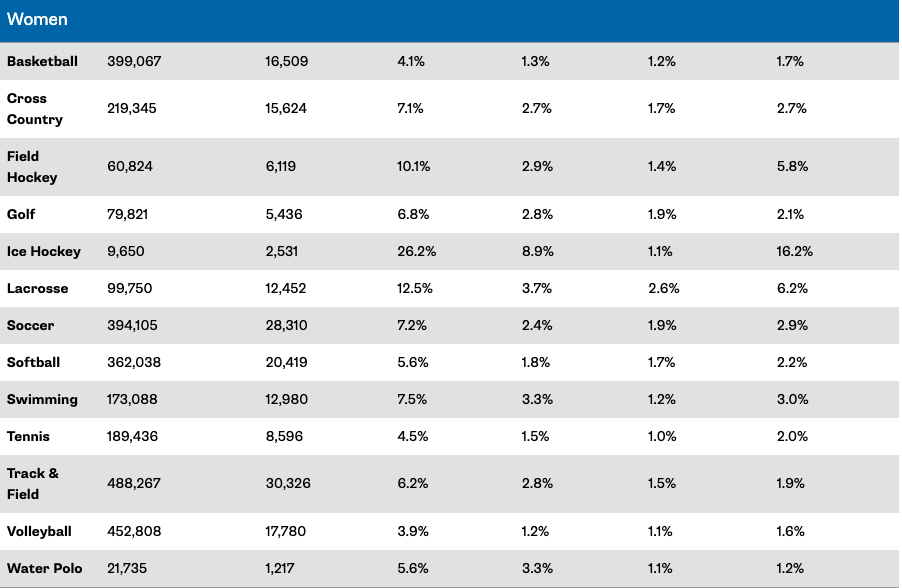
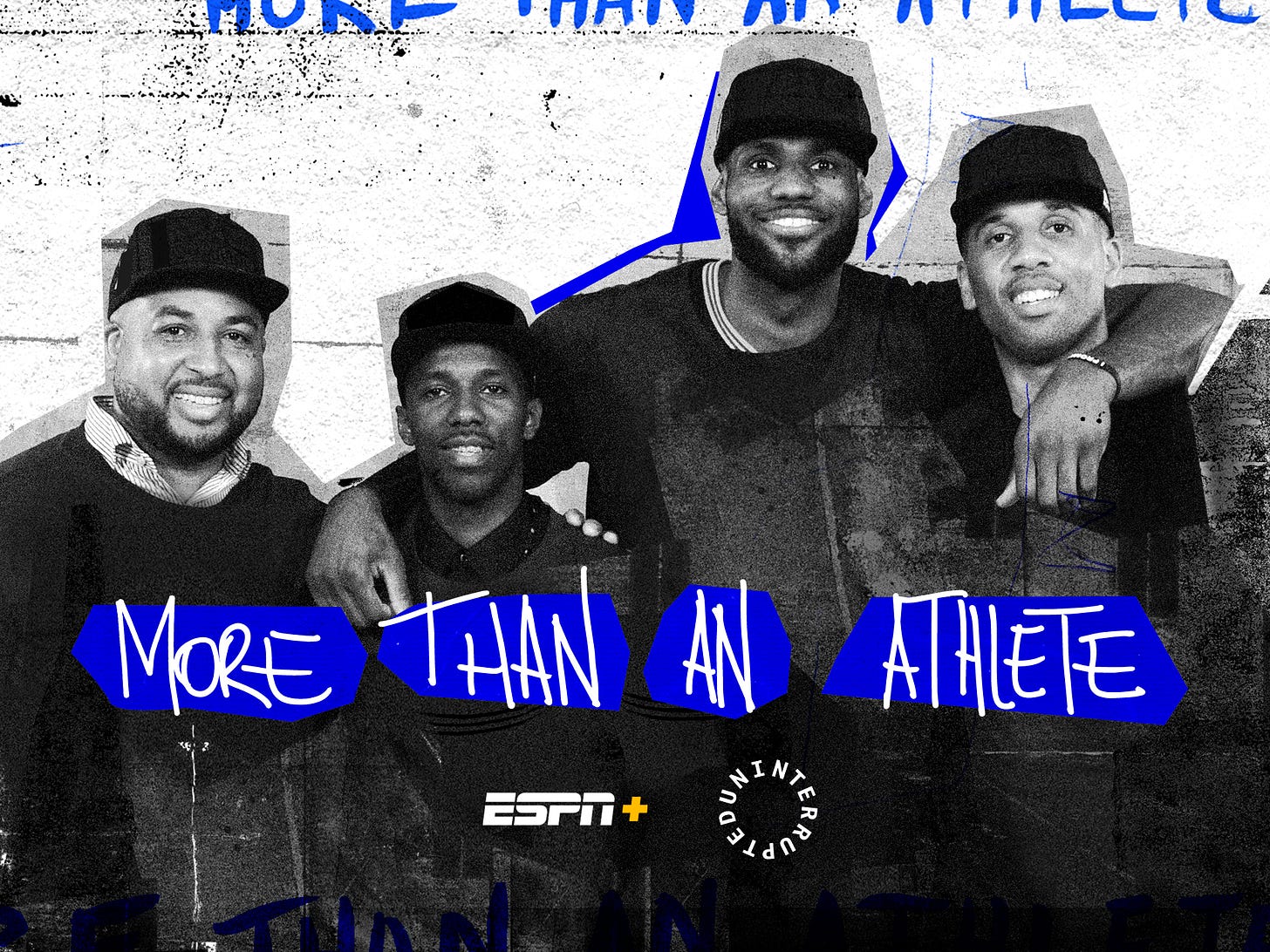

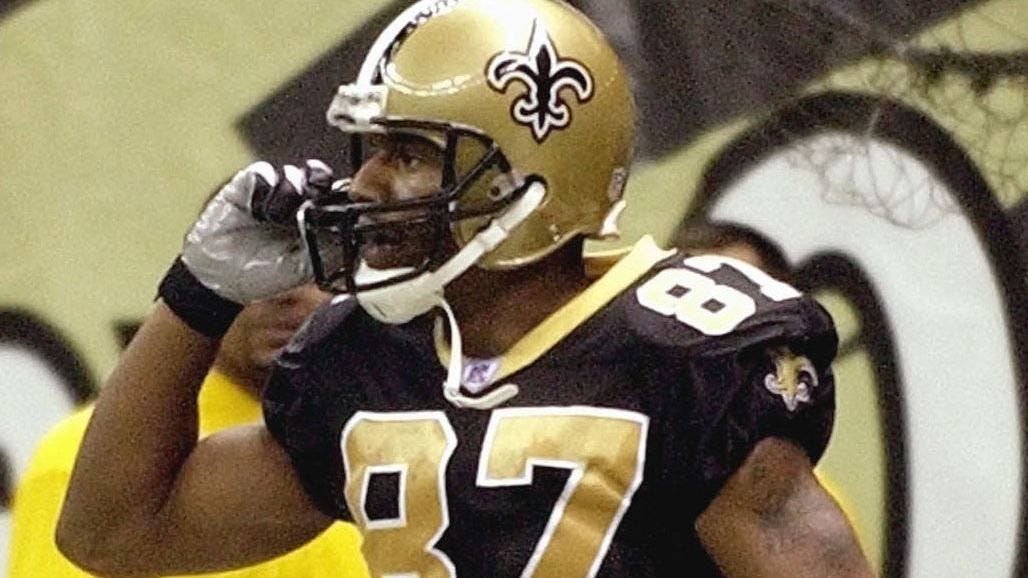
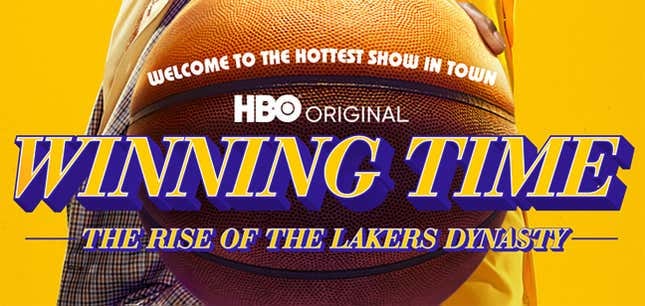
Which athletes have done the best job of leveraging their brand so far?
Jordan seems like an obvious king, but who else really stands out?
just got app to tap in!!!